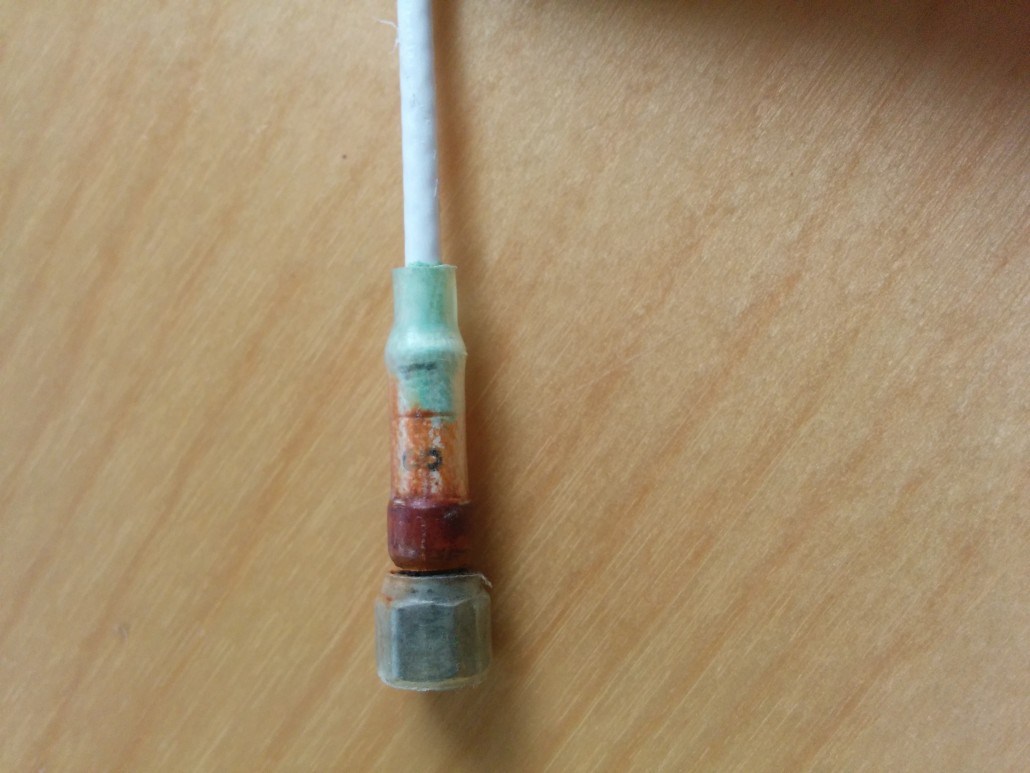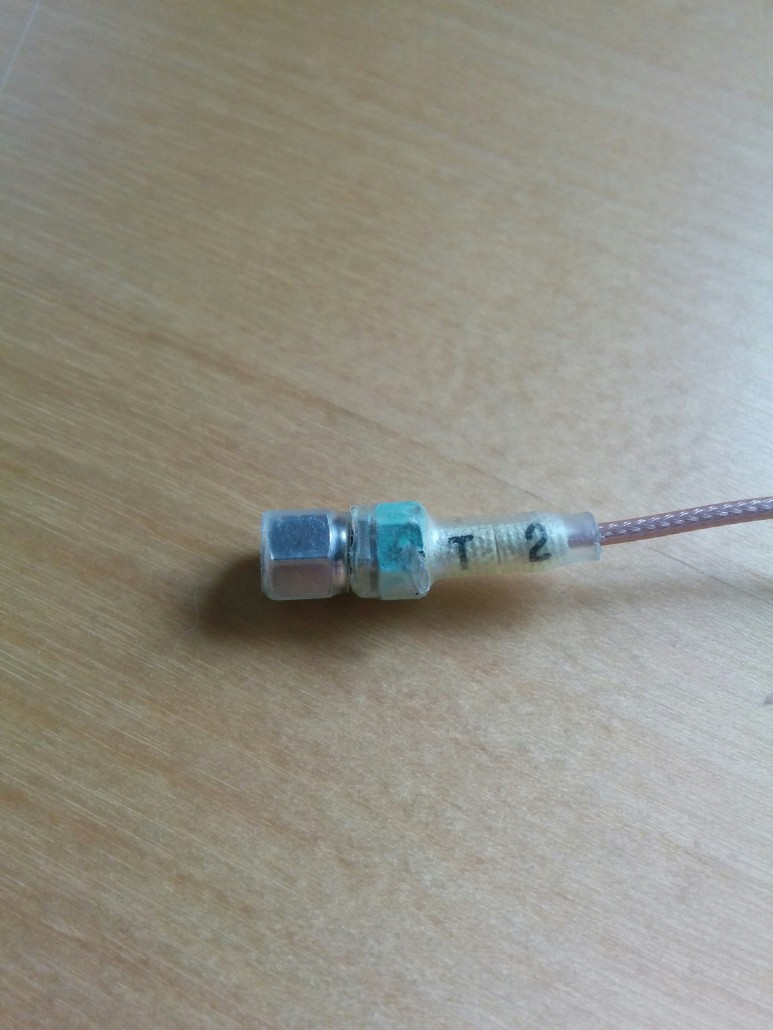Identifying and Avoiding Moisture Damage in your Instrument
One of the most frequently occurring problems among our user group is moisture damage to the probes, SMC cables, and nose cone. There are several reasons moisture damage may occur.
- Poor installation of sensors: over-tightening or under-tightening the probe holder cap, or an ill-seated probe will compromise the integrity of the sealing surface.
- Installing sensors in the rain: droplets of water on the SMC cable nut can wick up the cable and render the cable in-operable.
- Damage to ferrules or o-rings.
If you are concerned that moisture damage has occurred, please inspect your instrument for the following:
- The clear heat-shrink over the SMC cables and SMC nut is discoloured and yellow or green
- Rust or green corrosion has formed on the SMC connector of the probes or dummy probes
- Rust or green corrosion has formed on the water-tight feed-thru inside the nose cone of your instrument
- Droplets of water are found inside the nose cone when you open the instrument.
If you identify any of these symptoms, please contact us immediately and provide a recent bench test and photos of the effected areas. Depending of the severity and extent of the flooding, we may be able to provide replacements parts, or the instrument will need to return to the factory for repair.
To avoid moisture damage, never deploy an instrument if you are concerned about the integrity of sealing surfaces. Before every deployment:
- Ensure that you are installing your probes correctly.
- Confirm the integrity of sealing o-rings.
If you are unfamiliar with installing sensors, practice installing the probes on land before you have departed on a ship. We have a great YouTube video for your reference.





